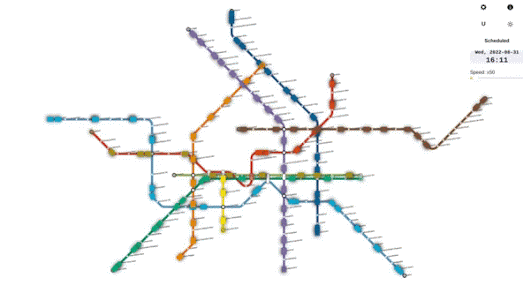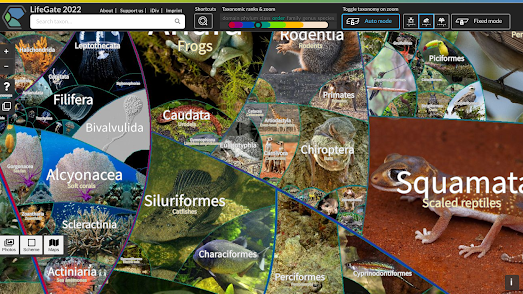Сообщения
Сообщения за август, 2022
The Animated Map of the Berlin Subway
- Получить ссылку
- X
- Электронная почта
- Другие приложения
Mapping the Safest Route to School
- Получить ссылку
- X
- Электронная почта
- Другие приложения
Where Should You Live?
- Получить ссылку
- X
- Электронная почта
- Другие приложения
Swiss Glaciers Have Shrunk by 50%
- Получить ссылку
- X
- Электронная почта
- Другие приложения
Persepolis in 3D
- Получить ссылку
- X
- Электронная почта
- Другие приложения
How Far Can You Commute in One Hour?
- Получить ссылку
- X
- Электронная почта
- Другие приложения
Mapping the Extreme Heat Belt
- Получить ссылку
- X
- Электронная почта
- Другие приложения
The Terrifying Sound of Sea Monsters
- Получить ссылку
- X
- Электронная почта
- Другие приложения
How to Make Your Own Pretty Map Posters
- Получить ссылку
- X
- Электронная почта
- Другие приложения
The Migatory Map of the White-Tailed Eagle
- Получить ссылку
- X
- Электронная почта
- Другие приложения
Ukraine Under Attack
- Получить ссылку
- X
- Электронная почта
- Другие приложения
Explore Your Local Census Data
- Получить ссылку
- X
- Электронная почта
- Другие приложения
Comparing Route Planning Providers
- Получить ссылку
- X
- Электронная почта
- Другие приложения
Hiking the Inca Trail to Machu Picchu
- Получить ссылку
- X
- Электронная почта
- Другие приложения
The Oligarch Yacht Map
- Получить ссылку
- X
- Электронная почта
- Другие приложения
The History of the Swiss Railway
- Получить ссылку
- X
- Электронная почта
- Другие приложения
The Coolest Spots in the Hottest Cities
- Получить ссылку
- X
- Электронная почта
- Другие приложения
A Summer of Drought
- Получить ссылку
- X
- Электронная почта
- Другие приложения
What does 'Home' Mean for You?
- Получить ссылку
- X
- Электронная почта
- Другие приложения
Mapping the World's Languages
- Получить ссылку
- X
- Электронная почта
- Другие приложения
Assembling the World by Population Density
- Получить ссылку
- X
- Электронная почта
- Другие приложения
Real Time World Temperature Records
- Получить ссылку
- X
- Электронная почта
- Другие приложения
Where Young People Are Moving
- Получить ссылку
- X
- Электронная почта
- Другие приложения
Mapping the Social Inequality Gap
- Получить ссылку
- X
- Электронная почта
- Другие приложения
The Map of Life
- Получить ссылку
- X
- Электронная почта
- Другие приложения
























